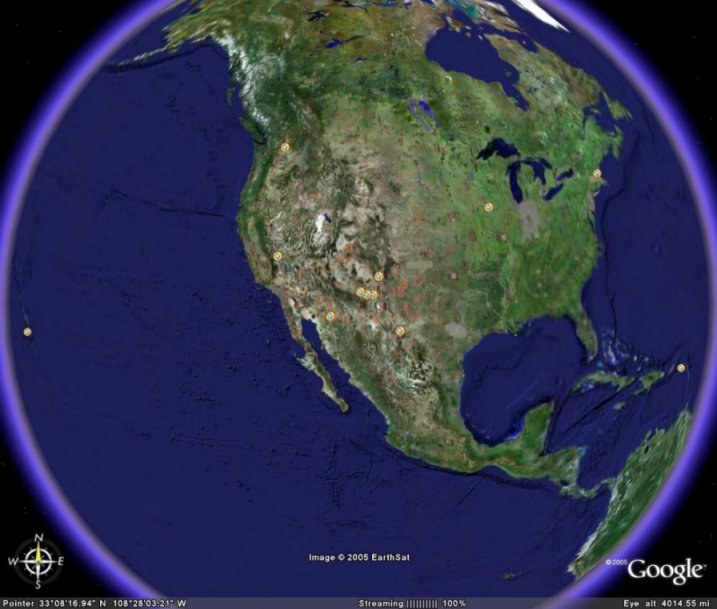

“During the twilight,” says astrophysicist Gianluca Masi, “the residual solar light scattered all around by our atmosphere allows us to admire the scenery, while the full Moon rises or falls on the horizon.” The show of the full Moon (and of course of the Supermoon) offers its best when our satellite rises or sets, which happens at sunset and at dawn, respectively (the full Moon shines in the sky on the opposite direction respect to the Sun, so it rises at sunset and sets at dawn). – Dimensioni apparenti della Superluna del 3 dicembre 2017 (a sinistra) rispetto a quelle di una normale luna Piena (a destra): la “Superluna” appare circa il 7% più grande. 2017 “Supermoon” (left) vs average full Moon (right): the Supermoon is about 7% larger. “In fact,” Masi adds, “these are not really obvious variations, but they add charm to the event, a precious opportunity to admire our natural satellite in the night sky context, an increasingly overlooked and forgotten landscape.”Īpparent size of the 3 Dec. 2017 Supermoon will appear about 7% bigger and a bit brighter than an average full Moon, but casual stargazers will not recognize this at their first glance,” says Gianluca Masi, astrophysicist, scientific director of the Virtual Telescope Project. In 2017, we had a total of four Supermoons, but the only full and visible one will be the next 3 Dec. Of course, the new Moon is not visible in the sky, so only the full Supermoon can be observed (unless we have a solar eclipse during the new Supermoon, as in March 2016).

The Moon moves around our planet along an elliptical orbit, so its distance from us is not constant, but varies between a minimum (perigee) and a maximum value (apogee). The term itself is of no scientific value: astronomers prefer to call it perigee full Moon, but undoubtedly Supermoon is by far a much more charming name.īoth the full and the new Moon can be “super”, as long as they occur near the lunar perigee, that is, when our satellite is at its minimum distance from the Earth. This condition is now popularly referred to as Supermoon. – La “Superluna” del 14 novembre 2016 tramonta dietro la Cupola di S.


 0 kommentar(er)
0 kommentar(er)
